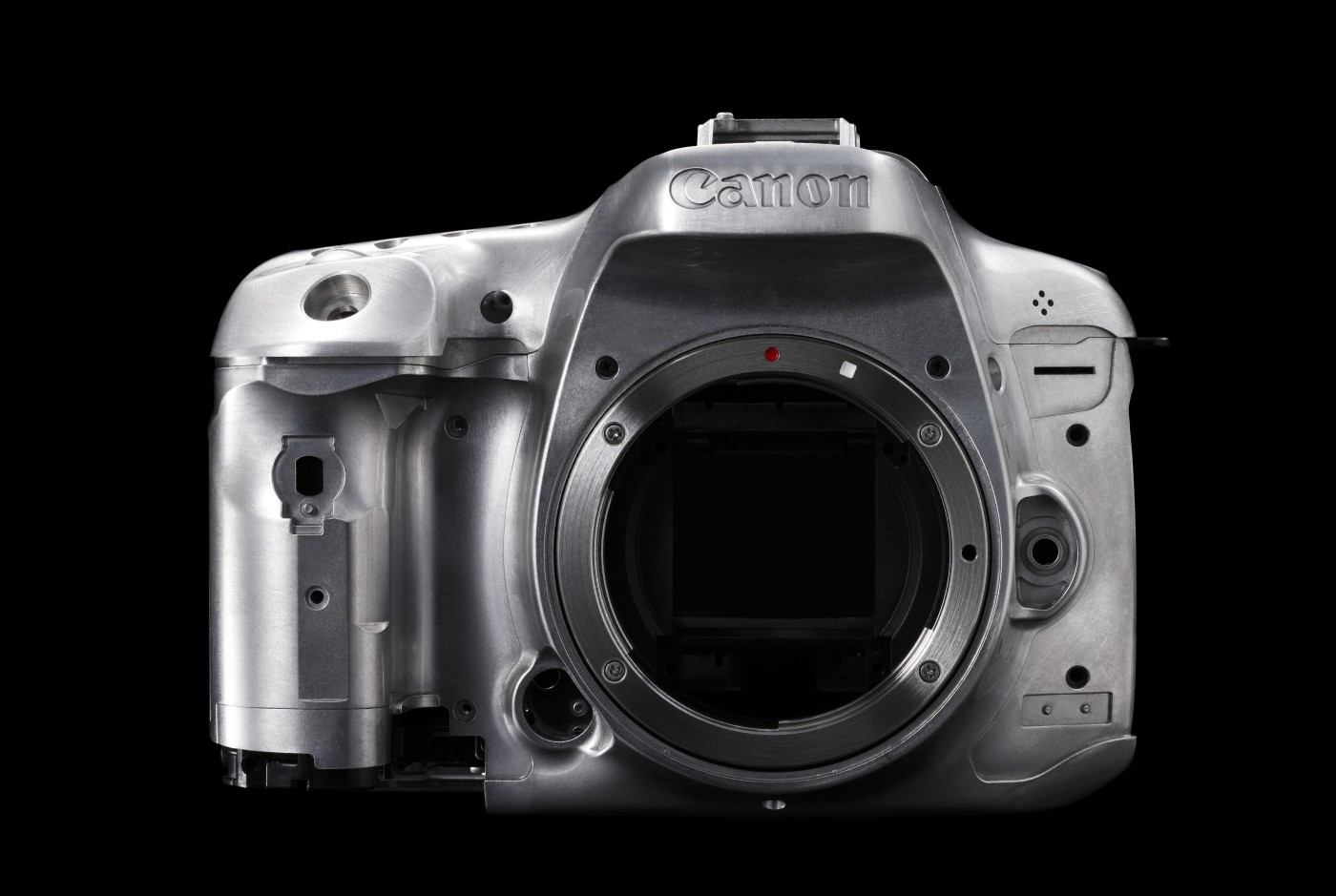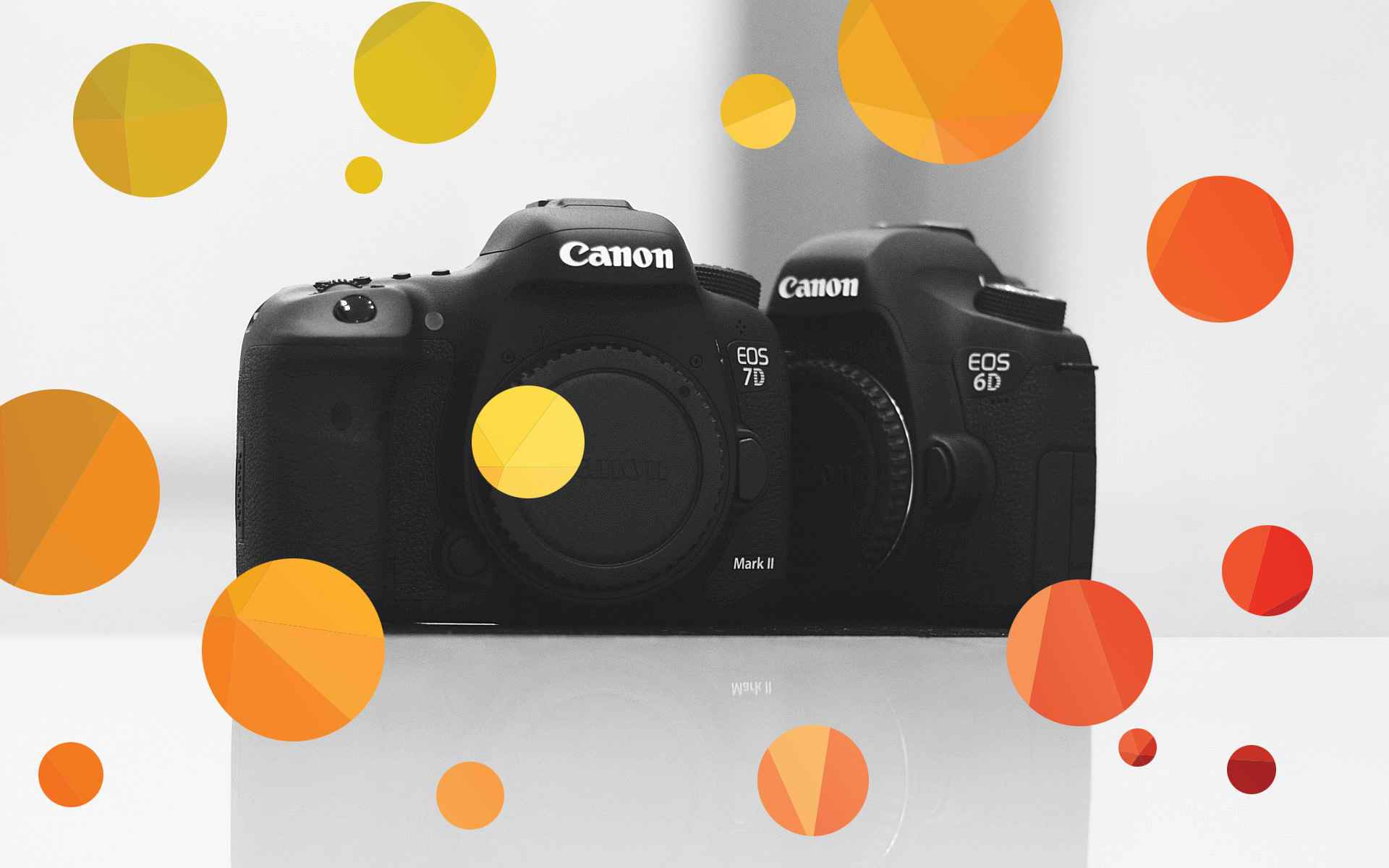The recently released Canon EOS 7D Mk II has garnered much interest from Canon fans around the globe. After 5 years, the original 7D, an extremely popular camera in it’s own right, has finally been replaced. So how does it stack up against Canon’s cheapest full frame offering, the Canon EOS 6D? Can the APS-C sized sensor compete with the larger full frame sensor of the EOS 6D?

For a crop sensor camera, the EOS 7D Mk II packs quite a punch. It comes fitted with a 20.2MP sensor that has been shown to be excellent in other Canon bodies such as the EOS 70D. The EOS 6D has the exact same resolution as the EOS 7D Mk II but on a larger full frame size sensor. In theory this should mean better low light performance, better dynamic range and better all round image quality. Let’’ see how they stack up:
| 7D Mk II | 6D | |
|---|---|---|
| Sensor Resolution | 20.2 Million | 20.2 Million |
| Base ISO | ISO 100 | ISO 100 |
| Native ISO Range | ISO 100-16,000 | ISO 64 – 5,600 |
| Continuous Shooting Speed | 10FPS | 4.5fps |
| Buffer Size | 31 RAW | 16 RAW |
| Max Shutter Speed | 1/8000 | 1/4000 |
| Movie Settings | 1080p 24, 25, 30, 50 and 60fps | 1080p 24, 25, 30 and 720p 50 and 60fps |
| Number of AF Points | 65 Cross Type | 11 Cross Type |
| Viewfinder Coverage | 100% | 97% |
| LCD Screen | 3″ | 3″ |
| WiFi | X | |
| Weight | 910g | 770g |
| Dimensions | 149 x 112 x 78mm | 145 x 111 x 71mm |

Camera Build
The EOS 7D Mk II follows on from the tradition of the original 7D. It’s built around a durable magnesium alloy body that has pro level weatherproofing to ensure you camera stays protected in the worst conditions. The improved weather sealing shows that Canon has thought a lot about this camera and how it is likely to be utilized for sports and wildlife photography.

The EOS 6D body is also built around a magnesium alloy shell like the 7D Mk II although the top plate is polycarbonate. In theory this may make the camera slightly less resistant to bumps and bashes but it’s impossible to predict in the short term. Most people (excluding Kai) aren’t going to put their DSLRs through some serious abuse so it would be wrong to completely write-off the 6D because it has more polycarbonate in its construction. Another small advantage of the 7D Mk II over the 6D is that it has a faster maximum shutter speed which is useful if you are shooting wide open in bright sunlight.
AF System
The EOS 7D Mk II comes with an impressive 65 cross type AF point system. This is the same system that is fitted to their flagship 1D X. Canon have also included their impressive dual pixel AF feature from the 70D which makes autofocus quick and smooth, great for video work.
The Canon 6D has a much less complex AF system. It only has 11 cross type AF points compared with the 65 of the EOS 7D Mk II. This will be perfectly suitable for any photography where you aren’t excessively tracking your subjects like landscape or portrait work but if you are shooting motorsports for instance, you might find the 7D Mk II to be a little more accurate.
Speed

Again, when it comes to burst rate it is clear that the 7D Mk II is designed for sports, wildlife and action photographers. With an impressive 10fps burst mode, the 7D Mk II is a sports photographer’s dream. The 6D on the other hand only shoots at a maximum of 4.5fps. For the majority of photographers this will be sufficient, even if sport is something you occasionally shoot. If however you are shooting sports regularly then you will much prefer the 7D Mk II.
If however you are shooting sports regularly then you will much prefer the 7D Mk II.
Low Light
ISO range is an area where the EOS 6D pulls away from the 7D Mk II. As expected the 6D is a better low light performer due to the larger sensor and pixels that make its images much cleaner at high ISOs. The 7D Mk II has a decent ISO 100-16,000 range that is expandable up to 25,6000. The 6D however has an ISO range of 100-25,600 that is expandable both higher and lower to give a range of 50-102,800. In real use you are likely to see around a stop or so better low light performance from the 6D
Video
The Canon 6D’s video features are similar to the more expensive 5D Mk III. The 6D offers full 1080p HD recording at 24p, 25p and 30p. There is also the option to shoot slow motion 60p at a reduction resolution of 720p. You have useful things like mic input but the quality of the video is a little lower than that of the 5D Mark III with a bit more moiré and aliasing compared to its bigger brother.

The newer tech inside the 7D Mk II has taken that one step further and now allows you to shoot 24p, 25p, 30p, 50p and 60p all at 1080p full HD. Combine this with the Dual Pixel CMOS AF system and you have a camera that is a slightly better all round video shooter.
Conclusion
It’s important to understand that when we compare the EOS 7D Mk II with the EOS 6D that we are comparing two very different cameras. The EOS 7D Mk II is a camera that has clearly been designed for use by wildlife and sports photographers. The crop factor makes shooting with long focal lengths easier and the fast burst rate and AF mean that tracking subjects is a breeze. This all combined with the pro build quality means that photographers who are more used to using cameras such as the EOS 1DX will feel at home when using the 7D Mk II.
The EOS 6D is a different beast. It’s a much simpler camera that is designed to get extremely high quality images in a relatively inexpensive body. It doesn’t boast fast burst rates, fancy AF systems or a video spec that is anything special but what it does have is great full frame quality that gives you great high ISO performance, wider dynamic range and improved tonality. This camera would be perfect for a photographer shooting much more controlled subjects like a studio photographer or a landscape photographer for who speed offers no real tangible benefits.
The EOS 6D is a different beast. It’s a much simpler camera that is designed to get extremely high quality images in a relatively inexpensive body.
It’s also important to note the fact that the 7D Mk II has the advantage of being able to use crop sensor lenses which in most cases are slightly cheaper and smaller than their full frame counterparts. This is something to keep in mind if you are investing in the whole system of camera bodies and lenses.
To summarise, it’s almost impossible to say one camera is better than another. In this case we are almost comparing apples to oranges. Saying that, if image quality is more important to you than speed of use and AF then you will find the 6D to be the best choice for your style of shooting. This camera is particularly suited to landscape and studio photographers looking for an entry into the world of full frame cameras. However, if you are more inclined to want fast AF, pro build quality and updated video specs but don’t want the bulk or expense of the EOS 1DX or 5D Mk III then the 7D Mk II is the best canon crop sensor for sports and wildlife and will be ideal for you.

